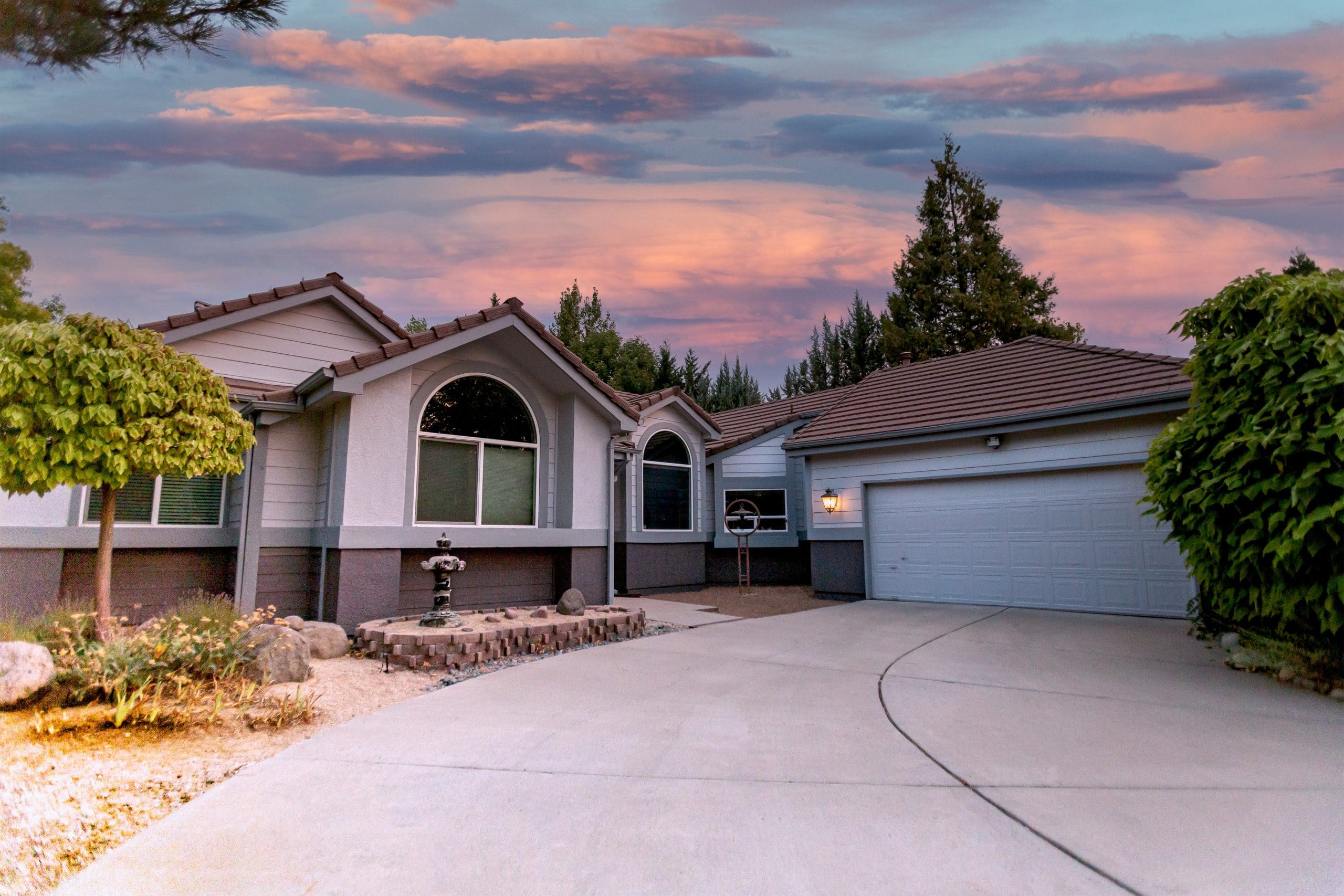What Paint Is Best For Your Home’s Exterior?
One of the most difficult choices you can make as a homeowner is what paint you will use for your home’s exterior. Exterior paint color choice will greatly influence the curb appeal of your home, While also setting the tone and mood of your entire home. Here are a few tips that you can use in the process of selecting the perfect exterior color for your home.
The first step to take when selecting an exterior color for your home is to select a “shade”. Do you want a dark color, a mid tone, or a light shade on the main body of your home? Some people find that this step is easy, as they already have a shade in mind for their exterior. If you find that you are struggling to select a shade for your home, consider spending some time on Pinterest looking at exterior paint ideas. At this point you don’t have to decided on a color, only a shade that you feel will work well with your home.
The next step in your exterior paint selection process will be to consider your accent colors. This will include the color of your roof. Neutral gray or black roofs tend to mix well with many colors, while dark brown or reddish roofs will have a hard time mixing with shades of green and blue. If the shingles on your roof have green or blue gray undertones, you will definitely have more color options that won’t clash with your roof. Stone or brick accents on your home will need to be considered as well. If you have stone or brick on your home, make sure that your exterior color doesn’t clash with the undertones found in the brick/stone.
Once you have selected a shade and determined that it will work well with your home’s accents, it’s time to consider light. Sunlight will present your exterior color in new ways and its appearance will slightly alter throughout the day. Sometimes it can help to select a shade that is roughly 2-3 times warmer than you initially desired, because sunlight has a way of cooling your home’s exterior paint. Make sure to observe any test patches you use at different times of the day to see how sunlight affects the shade you are testing.
Speaking of Sampling, sampling is perhaps the most important step in this process. Samples will allow you to visualize the final result of your paint project, and allow you to observe the way that the color may shift, warm, or cool, based on the time of day. The sun tends to reveal undertones that may not have been present on the pain sample card, especially because the fluorescent overhead lighting found in paint stores reflects colors much differently than the natural light of the sun. Try using your perspective paints on large poster boards that you can attach to your home’s exterior if you prefer not to pain directly onto your home’s surface.
Once you have settled on a color for the main body of your home, it is time to choose accent colors for your trim. Remember to keep your accents simple, and remember that less is more. Accents should be just that, accents. Don’t veer too far off the path of simple and effective accents, you do not want to select bold contrasting colors that will detract from the paint of the home. An accent color should be a subtle compliment to the main exterior color without drawing attention away from it.
Remember not to use more than a couple colors when planning your exterior paint, less is more. A couple carefully selected colors will go a long way in complimenting the architectural details of your home, while using many colors will cause the house to feel cluttered and busy. Take your time when selecting your exterior paint, and remember to test, test, test! We hope you find these tips helpful as you plan your next paint project!



